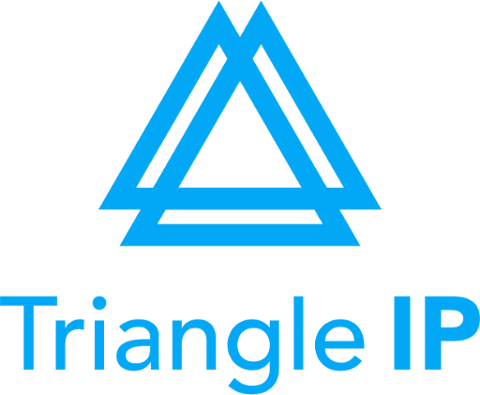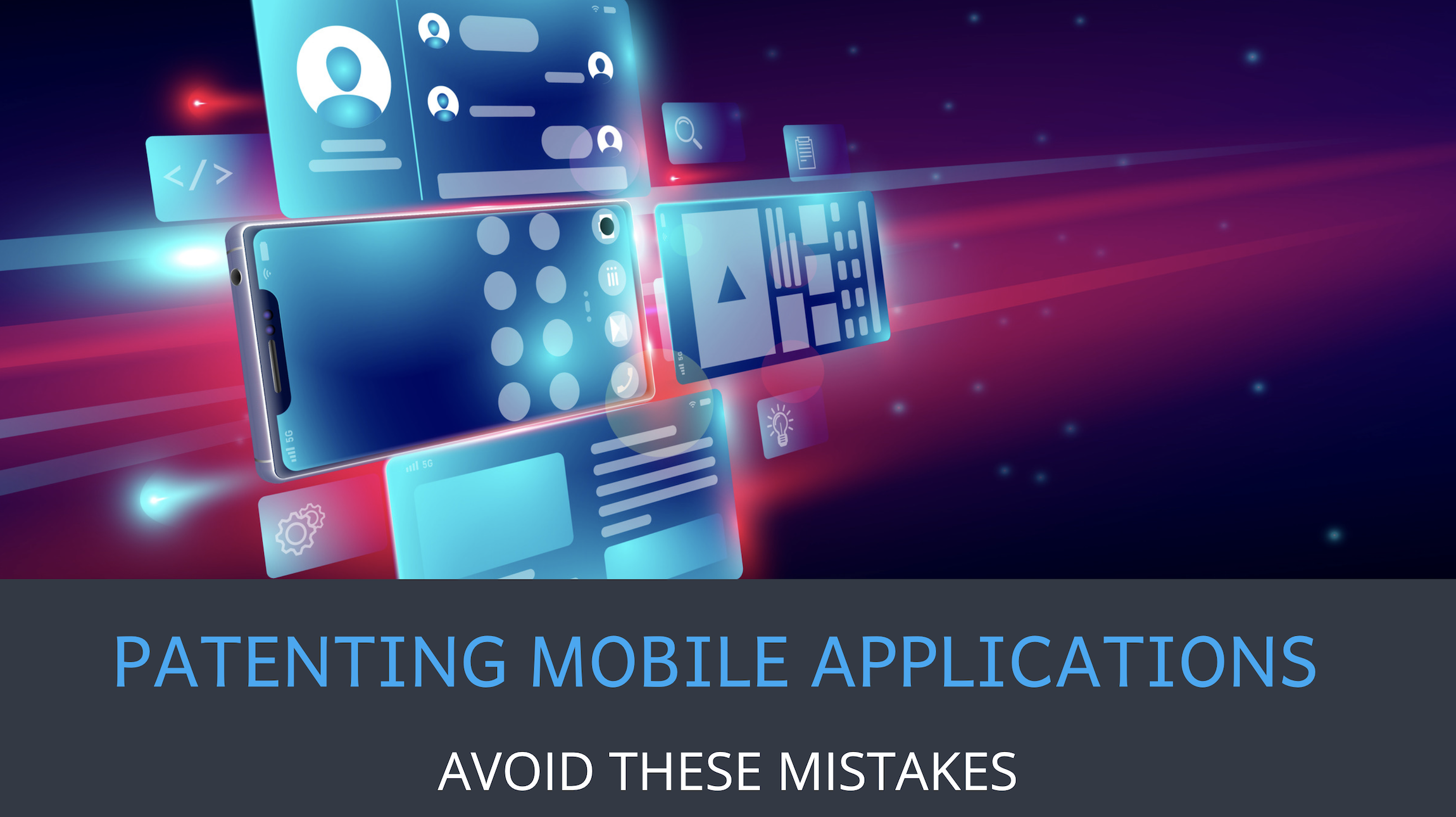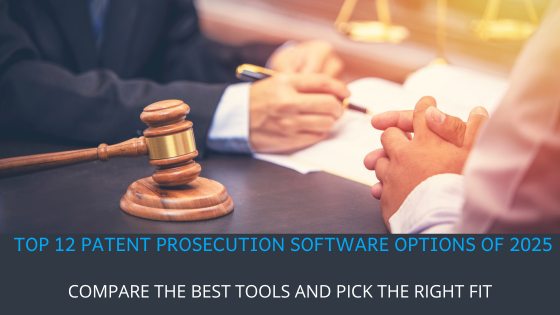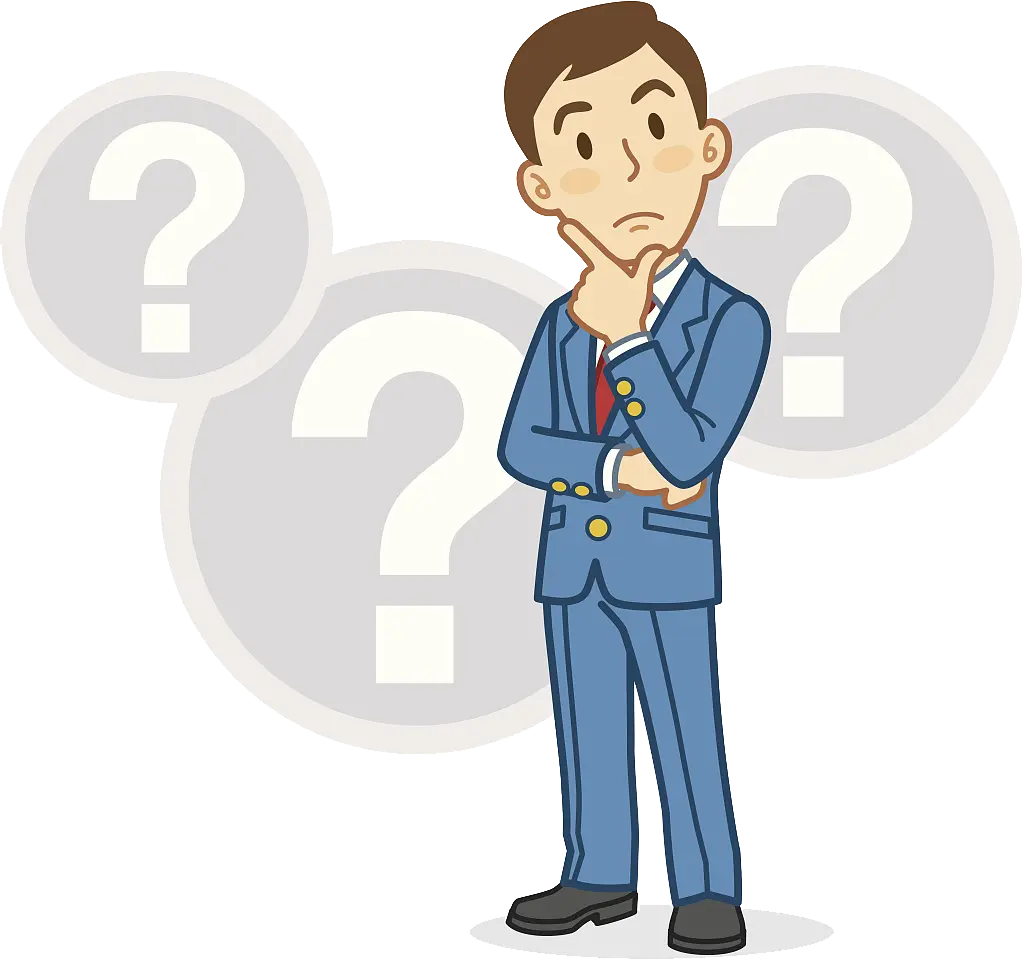Patenting a mobile app can be tricky, but it’s important to do so before releasing it to the public. If you don’t patent your app before launch, competitors can come along and copy everything that makes your product unique. To navigate these complexities, it’s beneficial to understand various strategies for patent filing that are specific to mobile apps.
With so many pitfalls along the way – from not understanding what’s patentable to not finding out about a potential competitor’s application until after you submit yours – it can be hard to avoid making mistakes altogether. In this post, we’ll explore some of the most common mistakes people make while starting the process of patenting their mobile app and how to avoid them.
- Building an app for patent and not to fill a gap in the marketplace
- Releasing a test version to the public before filing a patent application
- Choosing the wrong IP protection
- Being unable to identify patentable features in the mobile application
- Not researching what already exists in the market
- Drafting an Improper patent application (in absence of a patent attorney who’s an expert on software patents)
- Not being clear about “provisional” and “non-provisional” patent applications
Building an App for a Patent
Steven Covey said, “Begin with the end in mind.” When building an app, ask yourself what the end goal is – are you building this app as an arsenal in your IP portfolio or are you building this app to fill a gap in the marketplace, with money as a by-product? Having an honest and clear answer to this question is the first, crucial step. If you’re building an application for the sole reason that you could secure a patent on the same, think again. Strategic business sense doesn’t allow for that.
Disclosing to Public Before Filing a Patent Application
The objective of a patent is to create a monopolistic right. However, this goal can be jeopardized if there’s premature disclosure, underscoring the need for a meticulous global patent portfolio strategy to safeguard your innovations. If you do choose to go down the patent route with your app, rolling out even a test version to the end user before you file patent applications is the wrong move.
Unlike copyright, which subsists as soon as publication is made, the premise of a patent is secrecy until the time you make disclosure through your patent application. Remember, everything that is in the public domain before you file your patent application will qualify as prior art. And will of course become open to duplication completely nullifying the purpose of a patent.
Choosing the Wrong IP Protection
Patents are not the only way to protect your mobile app or its features. You also have design patents that many choose as a preferred mode of protection for apps, especially to protect the UI and UX. Facebook, in 2017 had made a design patent application for “The ornamental design for a display panel of a programmed computer system with a graphical user interface, as shown and described.” This design patent showcases the app’s UI/UX.
Copyright protection can help protect the look and feel of your app. And buttons, features and slogans can be protected by trademark.
Also watch: Patents v. Tradesecrets – Which Way to Go?

Being Unable to Identify Patentable Features in the Mobile Application
We’ve said it before, we’ll say it again. Knowing what not to patent is as important as knowing what to. When you’re looking at building a mobile app, research shows that it makes better business sense to patent certain features of your app rather than the app as a whole. We say this for more than one reason. For anything to be granted a patent, it must fulfill the criteria of novelty and non-obviousness. Here are some features of apps that have strong patent potential.
- Communication Improvements
Think communication with servers and all the changes happening there with changing technology. Communication improvements that you make to your app can be the subject matter of patents.
- Backend Processing
How your app works in crunching numbers on the cloud is a potentially patentable feature. The flow of operations on a phone may not have a lot to patent. But the phone’s interaction with other systems is potentially patentable.
- GUI
Applying for design patents on graphical user interfaces can prove to be strong patents. Essentially, these patents help protect the look and feel of your app. A lot of big players including Facebook and Apple have strong design patent portfolios. For instance, check out this design patent by a popular mobile application company on the “Display panel of a programmed computer system with graphical user interface”. Presented below is a glimpse from the design patent.
Source: Google Patents
- Lite Versions
Operations that happen on the phone in lite versions of your app are patentable. With the advent of AI, these use cases are rapidly increasing. With the way you train AI being a unique element, this can make for a strong patent. Constructing a claim around a mobile device specifically may increase your chances of success.
Not Researching What Already Exists in the Market
“Having an idea is just work half done.”
The other half of the work includes confirming the feasibility of the idea. It becomes ridiculously important to conduct extensive market research. The chances of an idea being made into an app, especially in this crazy tech age, is extremely high. So before you embark on a patent journey, look for what is already around.
A novel idea is an important eligibility criterion. This is because a patent is a way to show the world that your idea/invention is yours alone. So, you must make sure to document the whole process of development. It may be a good idea to also develop a prototype. This will not only help your patent attorney draft a comprehensive application but also to understand the impact of your application and what parts of it are eligible to be patented.
Drafting an Improper Patent Application
A patent is only as strong as its application. Ensuring the application is well-crafted is key, which is why understanding the components of a high-quality patent application is fundamental. A properly drafted application setting out claims that are specific and well-defined is key.
If you have an app that utilizes more than just the mobile phone to process, your claim must state as such. This helps to create a stronger patent in the event of changes in patent laws or technology. Client and server level methods must be claimed. It is also important to include device and/or apparatus claims. The physical storage of the app software – computer readable claims – must also be included.
A patent is enforceable for up to twenty years from the date of filing. The rapid growth of technology may render your invention completely redundant well within the 20 years during which your patent is enforceable. This makes it even more pressing for the patent application and claims to be well-drafted and comprehensive. All processes and potential technology developments must be factored in during the application process. Also consider how the final user will be interacting with your app in the future and how that affects the functionality of your app. Remember we went from floppy discs to CD roms and candybar phones to touch screens way faster than we imagined.
Also read: 3 Qualities of a High-Quality Patent Application
Choosing the wrong type of application between a “provisional” and a “non-provisional”
When choosing to apply for a patent for your mobile app, you can either file a provisional or a non-provisional application. Provisional applications are the most common in the case of patenting apps. This is because they give you an added advantage of time and help secure your ideas. Also, a provisional application can be filed without you having to provide a detailed description of your invention. Here’s a round up of some reasons you would choose to file a provisional application:
- It gives you a 12-month head start to develop the product before you are bound by disclosure
- It allows you to use the term ‘patent pending’ on your product
- It’s economical as opposed to non-provisional applications
Non-provisional applications on the other hand must be filed with a complete claim and specifications. They must contain a written description of the invention and a claim which legally defines the invention. This means this document makes full disclosure of your ideas and your app. When all aspects of your app are finalized and ready to go is when it makes sense to file a non-provisional application.
Wrap Up
We’ll leave you with some final thoughts that you ponder on before going down the patent route:
- The purpose your mobile application serves – it’s important that the app fills a market gap
- What’s the right type of IP protection various features of your app need
- Which apps already exists in the market that are similar to your app
- Have you disclosed the app to public before the patent protection
- The timeline of developing and preparing the patent application in line with your business plan for the app
Understanding whether your app is eligible for a patent is only the tip of the iceberg. Whether this fits into your business plan for the same is a bigger consideration. The want for a patent must balance with the fact that doing so will ultimately make your innovation public. Remember, patents don’t make products successful. Patents protect great products, but it is your product that you need to invest in before you have a patent to protect it.
Note: The preceding is general business advice and not to be construed as legal advice. IP laws vary by country and retaining licensed legal counsel is advised to confirm this information. Any expressed or implied opinions are of the author and do not necessarily reflect the views of Triangle IP or any other entity who might be associated with the presenter. We hope this content is helpful to you, but should not be relied upon without confirming the advice and accuracy with local legal counsel. Any comments or inquiries are not confidential so please discuss your issues directly with counsel.




